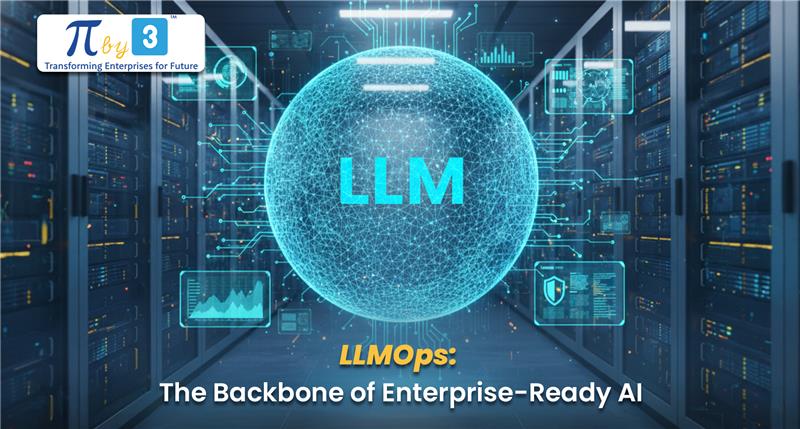Cloud adoption continues to accelerate across industries, yet many organizations find themselves struggling with implementation challenges that mirror the very on-premises problems they hoped to leave behind. At PibyThree, our founding team has guided numerous enterprises through successful cloud transformations. In this article, Himanshu Shah shares key insights from a recent architectural due-diligence exercise for a US-based electric company.
The Problem with “Best Practices”
Many cloud migration strategies fail because they follow generic "best practices" that don't address organizational realities. These one-size-fits-all approaches often recreate legacy issues in new environments. Instead, successful cloud transformations require tailored strategies that work for both large enterprises and SMEs alike.
Four Pillars of Successful Cloud Transformation
1. Establish a Strategic Centre of Excellence (CoE)
A well-structured Cloud Centre of Excellence serves as the foundation for sustainable transformation. Our implementation for the electric utility client ensured their CoE would:
• Drive standardization across all organizational levels and departments
• Validate approaches through departmental proof-of-concepts before wider
implementation
• Evaluate cloud solutions based on business outcomes rather than just technical
capabilities
• Prevent vendor lock-in through strategic architecture decisions
• Independently evaluate vendor recommendations through expert consulting and hands
on implementation
The CoE approach empowered the client to maintain control of their cloud journey while benefiting from standardized practices.
2. Break Down Traditional Team Silos
Cloud environments fundamentally change how technical teams must collaborate. Our client realized significant benefits by:
• Dismantling traditional barriers between infrastructure, application, and database teams
• Fostering cross-functional knowledge sharing across technical domains
• Recognizing that application developers now need understanding of networks, firewalls,
and infrastructure components
• Creating integrated teams focused on end-to-end responsibility for cloud resources
This evolution mirrors what we've seen in software development, where specialized roles have given way to full-stack capabilities. Similarly, cloud success depends on teams with broader technical understanding working in harmony.
3. Rethink Cost Models and Architecture
One of the most persistent cloud myths is that migration automatically reduces costs. Our work with the electric company revealed several critical insights:
• Pay-as-you-go models require active management to avoid unexpected costs
• Auto-scaling capabilities complement—but don't replace—thoughtful architecture
• Future-ready designs remain essential despite cloud flexibility
• Cost optimization has become so crucial that entirely new roles (cloud economists and FinOps specialists) have emerged
We helped the client integrate architecture and cost planning from the beginning, creating a foundation for sustainable cloud economics.
4. Transform Organizational Culture
Perhaps the most challenging aspect of cloud adoption is cultural transformation. Technical solutions alone cannot drive successful cloud programs. Organizations must:
• Gradually shift from rigid processes to more adaptive approaches
• Embrace the cloud-native mindset across all levels of leadership
• Align incentives to reward collaborative problem-solving
• Support teams through the learning curve of new tooling and processes
By addressing cultural elements proactively, our client avoided the resistance that derails many cloud initiatives.
Moving Forward
Cloud transformation is not merely a technical exercise but a holistic business transformation. By focusing on these four strategic pillars—establishing a Centre of Excellence, breaking down team silos, rethinking cost models, and transforming organizational culture—enterprises can avoid common pitfalls and build truly cloud-ready organizations.
At PibyThree, we partner with organizations to navigate these challenges through our proven methodology that addresses both technical and organizational dimensions of cloud transformation.
“Himanshu Shah is a founding member of PibyThree Consulting Services, specializing in enterprise cloud architecture and transformation strategy.”






